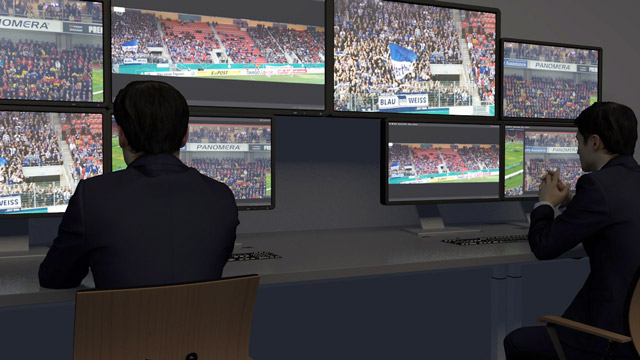Newsletter
Exclusive expert tips, customer stories and more.
Various Panomera® models are available depending on the application area: Whether they are intended to cover large areas, broad expanses, long distances or smaller, complex coverage areas. pecial systems have also been developed specifically for stadiums or airport runways, for example.
Did you know? Panomera systems can also be easily integrated into video management systems from other manufacturers.
The patented Panomera® technology combines several lenses and sensors with different focal lengths in one optical unit. Thus, Panomera® cameras with “multifocal sensor technology” also capture rear and middle image areas with the same high resolution as scenes in the foreground. With unique advantages in video surveillance, video monitoring and video analysis.
Panomera® works like a virtual combination of any number of PTZ cameras and several megapixel cameras. This allows users to capture large areas or long distances with a fraction of the cameras that would otherwise be required – while maintaining the same image quality over the entire object space. This results in cost savings, increased efficiency and improved objective security – with benefits for everyone involved: from the planner and installer to the system operator, the security manager and the commercial decision-maker.
24 x
fewer camera systems
3.000 m2
per camera with video surveillance at > 250 px/m (Identify)
90 %
less infrastructure
12.000 m2
per camera with video surveillance at > 125 px/m (Recognize)
Especially in video analysis, Panomera® shows its strengths: The image and thus the data quality can be planned exactly for the respective analysis requirements and is of exactly plannable minimum quality over the entire area. Users capture data over an extremely large area with a minimum amount of cameras. Panomera® thus enables the precise analysis of even extremely complex and large spatial context.
70 Tops
combined AI Power
100 %
plannable data quality
24 x
more analysis space
51.000 m2
per camera with video analysis at > 62,5 px/m
The Panomera® is developed and manufactured at the Dallmeier site in Regensburg. Thus we have the complete supply and development chain in our hands and guarantee the highest standards in cybersecurity and data protection. Only high-quality components and materials are used. Together with the retrofittability of the systems and high energy efficiency, this ensures economical and sustainable operation – far beyond the typical life cycles.
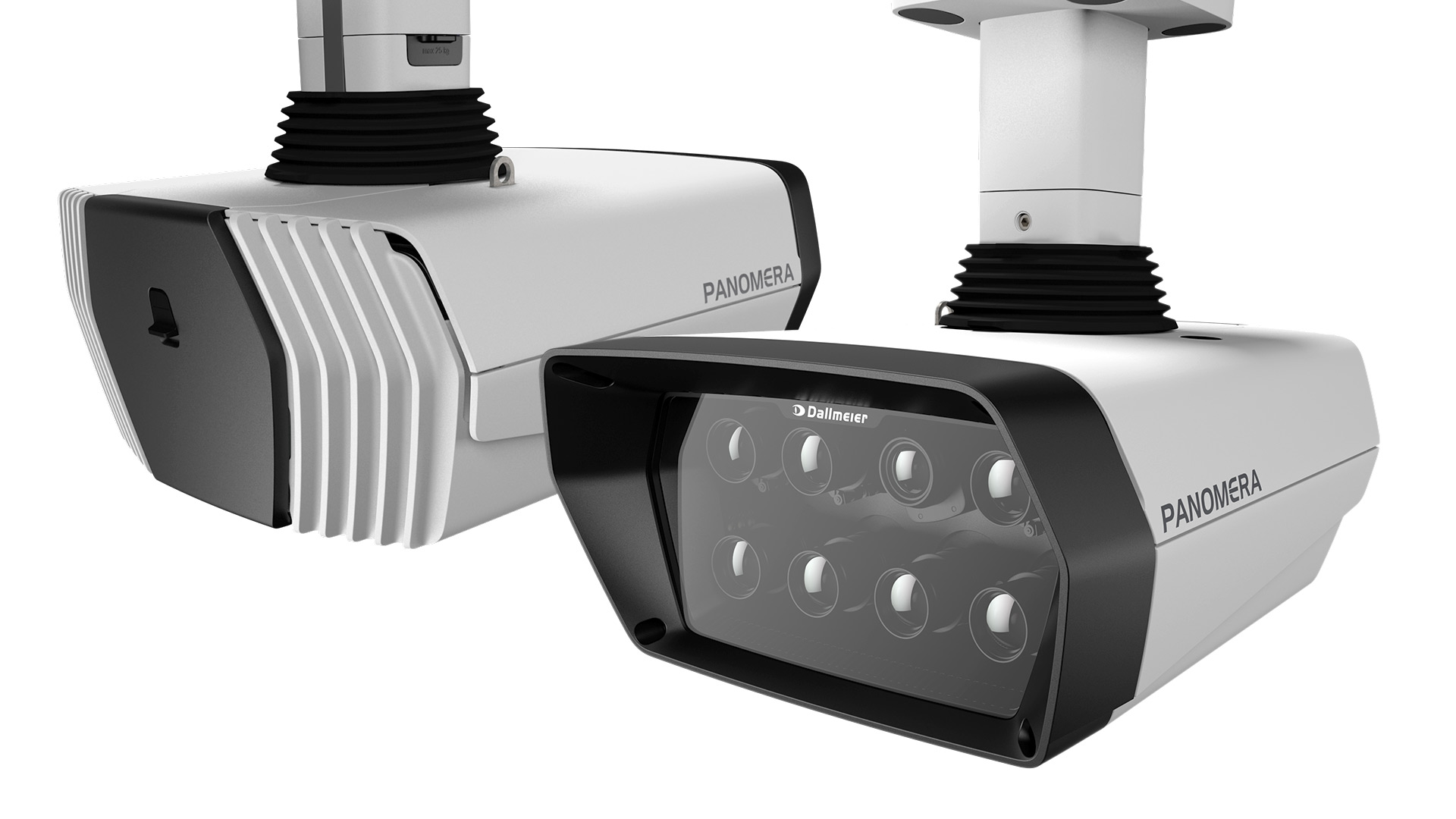
Best overview, any number of “virtual PTZs”, consistently high image quality
Up to 24 x fewer cameras, 90% less infrastructure
Plannable and precise data quality for optimal analysis results
With Panomera®, we achieve optimal control with minimal operator workload and low total cost of ownership due to fewer systems required.
Thorsten Wünschmann,
Head of Public Order Office, City of Hanau (Germany)
With Panomera® technology, distant objects can be captured with the same quality as those in the foreground. The extremely high resolution throughout the entire area and intuitive operation of the system led us to choose Dallmeier.
Giuseppe Musto,
Head of Innovation & Automation Development, GESAC, Naples International Airport
Overall, the Panomera® cameras enabled us to significantly increase our stadium security and greatly reduce the number of incidents.
Dave Lewis,
Head of Security and Stadium Safety, Everton FC
In contrast to single sensor cameras, the MFS technology works with several sensors (multisensor), each operating with different focal lengths (multifocal). That way, a huge area can be surveyed in exceptional detail with very few Panomera® systems.
In addition to a vastly improved overview and better control of any large spatial context, Panomera® helps customers to significantly reduce infrastructure and operating cost.
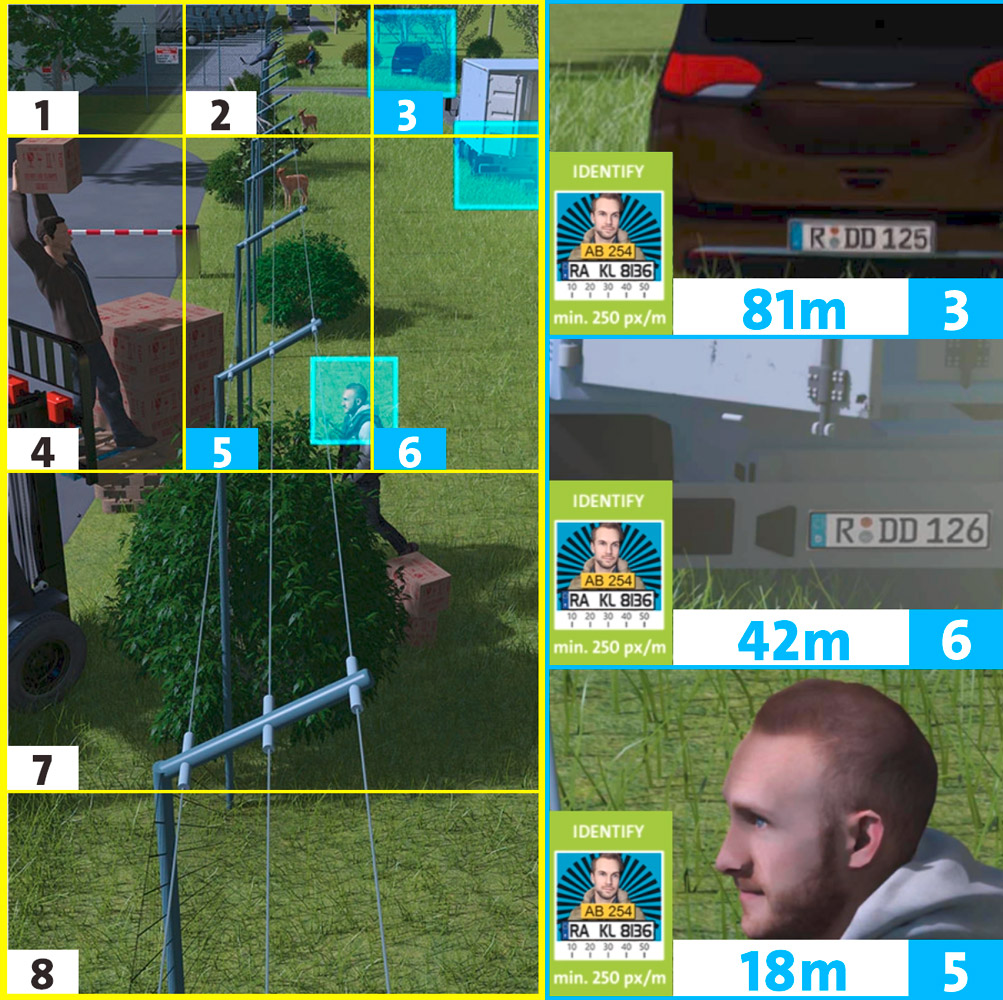
... but about minimum resolution density (MDR). The minimum resolution density according to the global standard DIN EN 62676-4 is defined as “pixel per meter” (px/m).
For accurate analysis results and court usability, it is not the resolution of a camera that is decisive, but how many pixels per meter are achieved in which image areas.
Panomera® can display distant objects with the same resolution as objects in the foreground and the minimum resolution density can be planned precisely in each area. This allows a uniform minimum resolution density to be achieved over the entire surface (or section).
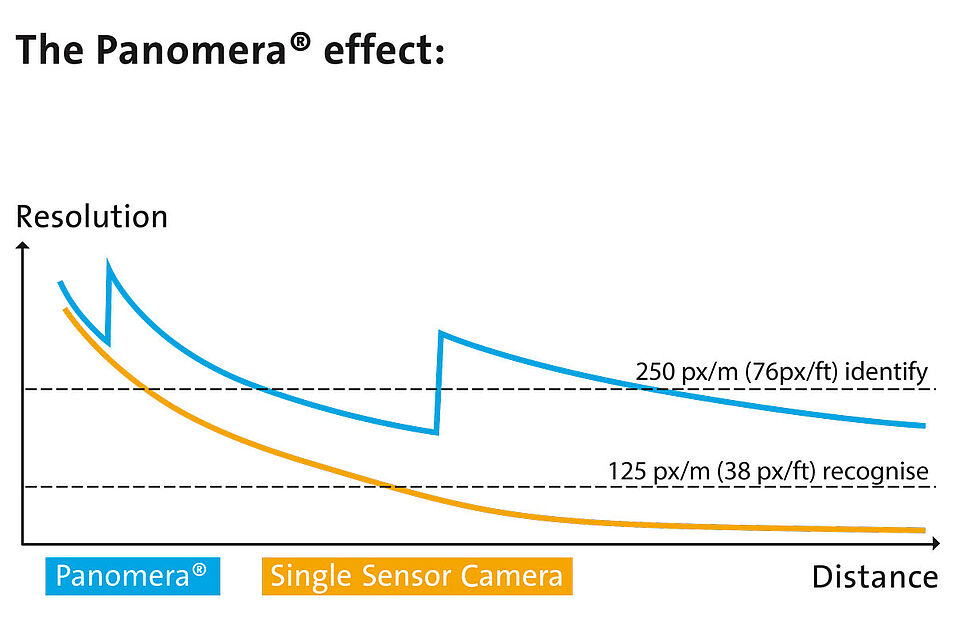
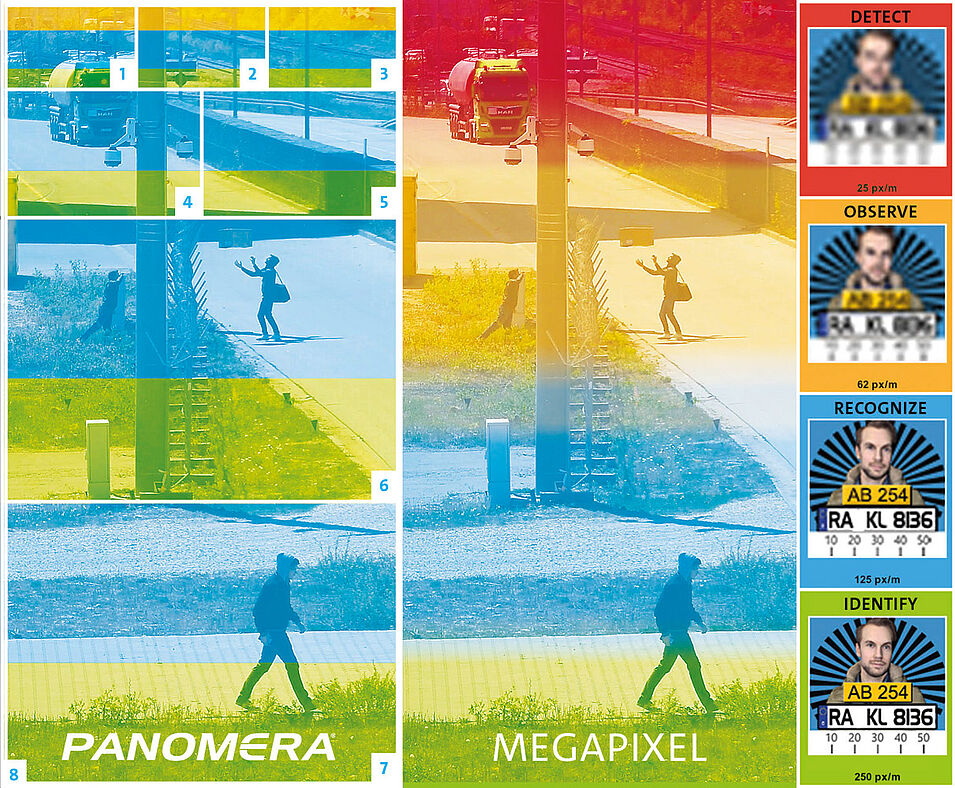
These values must be met, no matter how far away a particular person or object may be.
Real scenes seldom correspond exactly to the 16:9 or 4:3 format – this leads to waste of recording and storage capacities. With Panomera®, the aspect ratio can be adapted individually.
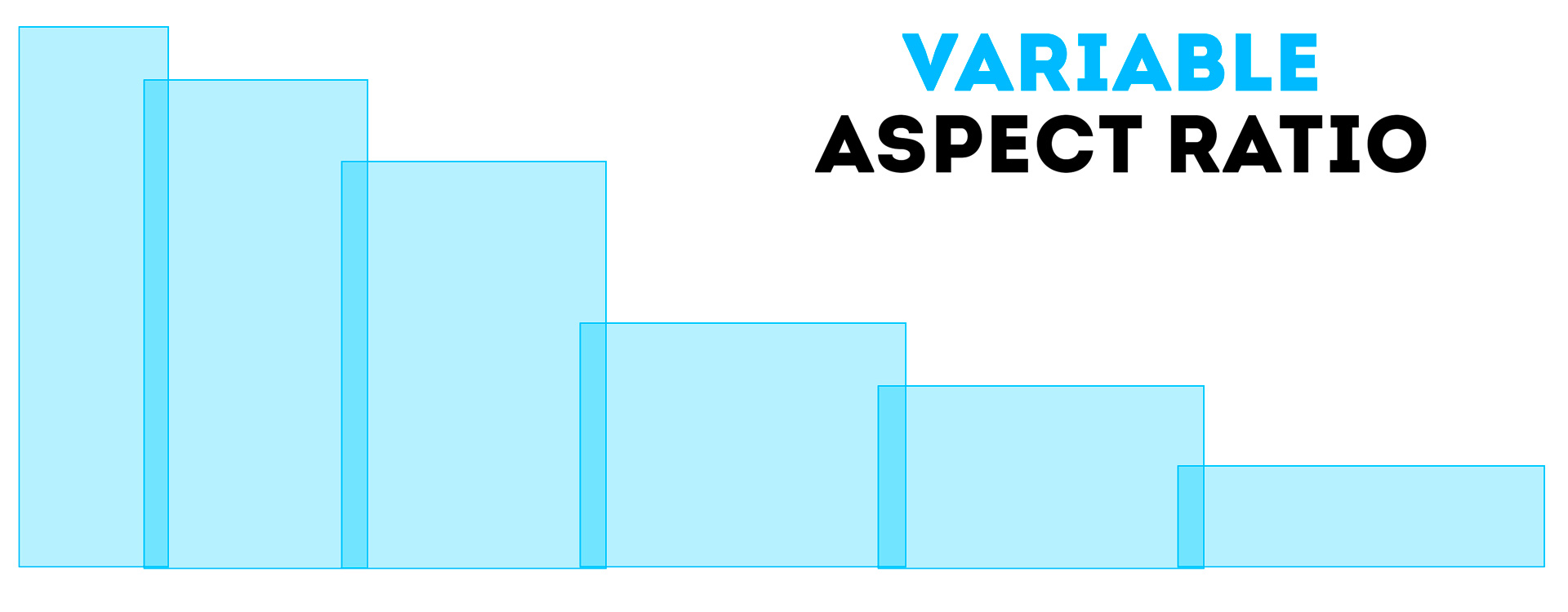
Panomera® works with several sensors, each of which selects its own exposure strategy in order to achieve ideal saturation. While with other cameras an average value is determined, Panomera® exposes bright areas shorter and dark areas longer.

The multifocal sensor system Panomera® was specially developed for the all-encompassing surveillance of expansive areas. With Panomera®, enormous widths and also areas with large distances are displayed in a completely new resolution quality. Depending on the customer’s needs, the resolution can be scaled nearly limitlessly.
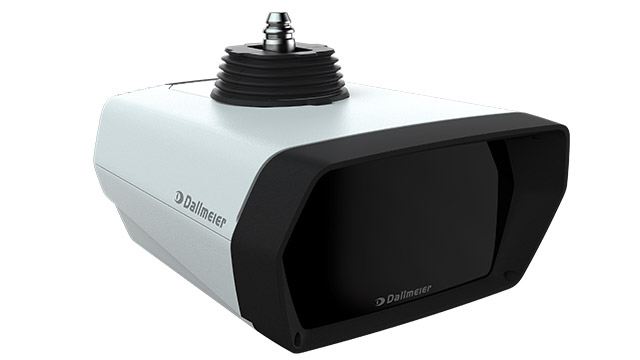
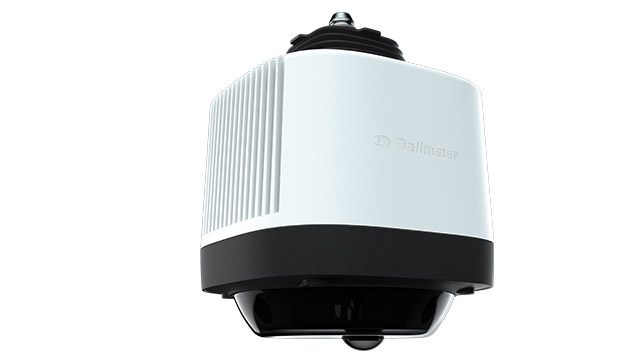
Thanks to the Panomera® effect, large areas or even long distances (e.g. at the perimeter) can be captured with considerably fewer cameras than with the use of traditional single-sensor cameras.
In addition, the minimum resolution density can be precisely defined already in the planning phase. This is the only way to ensure uniform minimum image quality and so ensure consistent data quality for court usability and analytics.
The smaller number of cameras also significantly reduces infrastructure requirements (masts, cables, power, etc.) as well as labor for installation, operations, maintenance and service.
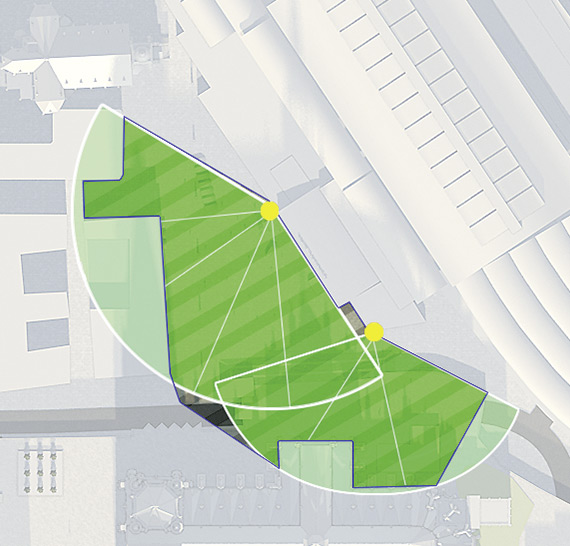
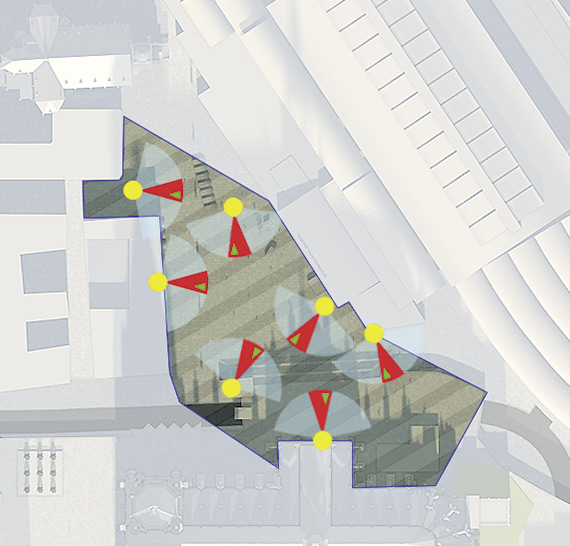
Unlike PTZ cameras, which can only ever be operated by one person at a time, with Panomera® any number of operators can traverse the entire scene without regard for each other. So even though all operators are connected to the same camera, each of them can select a preferred view of interest and zoom or pan within the view at will.
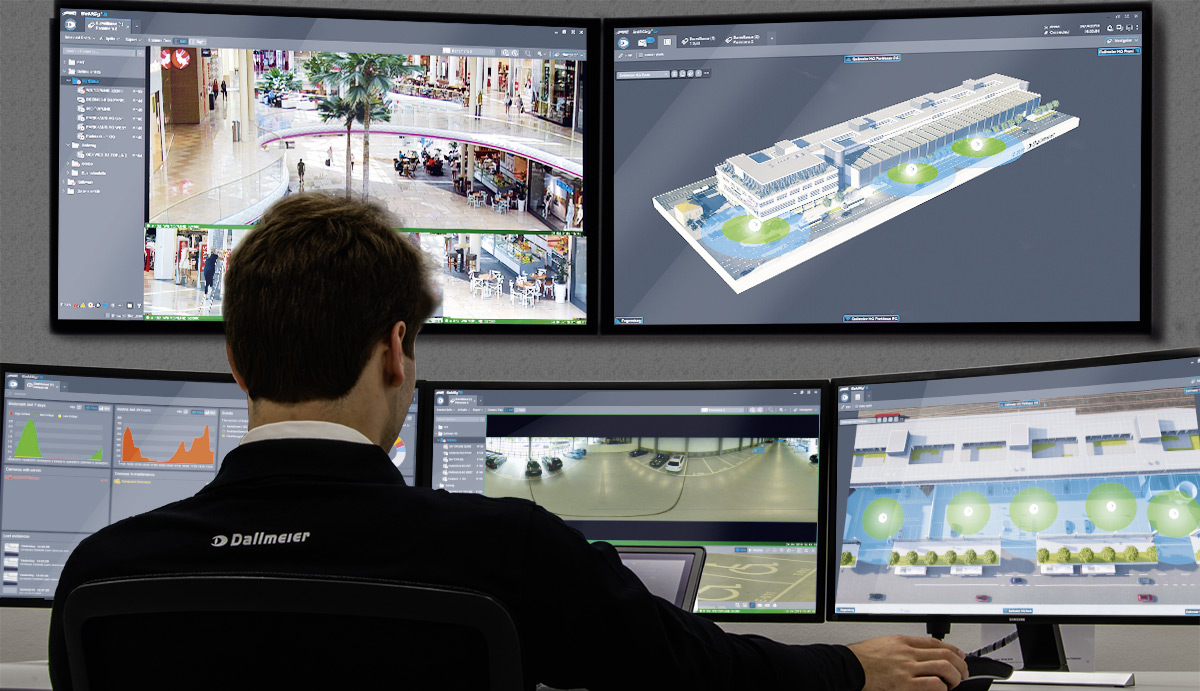
In contrast to single-sensor cameras, with which only one operator can control the camera, with Panomera®, an unlimited number of operators can navigate across the entire scene independently of each other.
